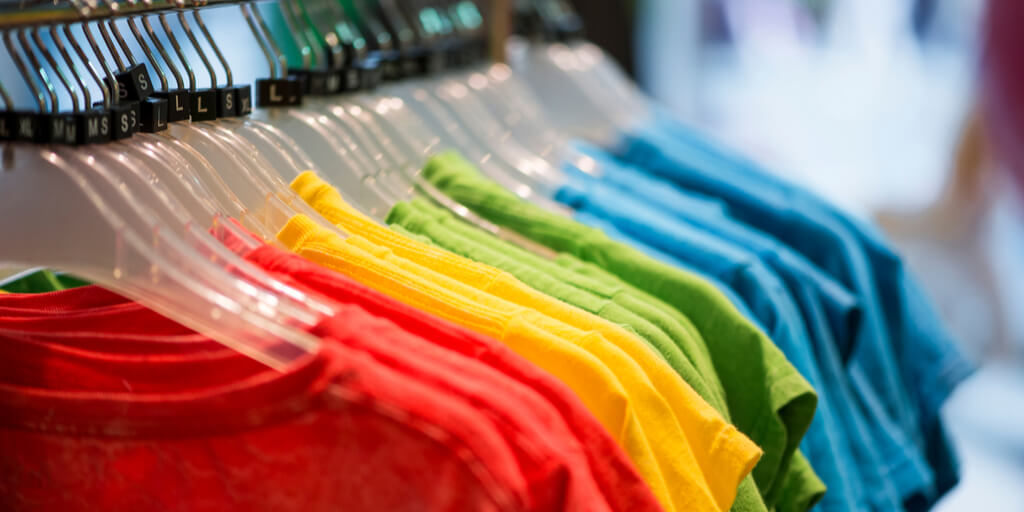In general, a fabric made for sportswear is any fabric specifically designed to be used in situations that require strength, heat balance, and more. At the time of physical practice, the type of material you choose can affect many factors; the thickness, the heat, the durability, the style, and the way your sportswear improves – or not – your performance.
Sports fabric is a technical fabric, as it quickly absorbs sweat and transports it to the surface, where it can evaporate and dry. Learn more about the characteristics of sportswear through its fabrics.
What To Know About Sportswear Fabrics?
When using a piece of fabric for sportswear, the idea is that you can dress comfortably during your activities and stay well, encouraging you to stand out. This includes any practices, from running to swimming.
– It is essential to find a suitable fabric to support you, but that is also elastic enough that you can move freely without restrictions.
– Wearing baggy clothes for exercise and sports is not practical, in which case only basketball and football shirts are an exception.
In addition to exercise, sportswear is also a fashion in itself, consisting of jackets and pants that can be used as clothing every day. Athletic clothing must withstand the most significant possible amount of stress and tension, which means that the materials used to make it need to be of a higher caliber.
So, which one is the best? If you are buying sportswear or are just curious, here are five materials for you to know:
- Polyamide: Polyamide is the best type of fabric for athletes who want the durability of high-quality uniforms without sacrificing their comfort. This material is a solid fabric that allows sweat to drain from the skin for more efficient evaporation.
- Polyester: Polyester is the fabric of choice for sports that require highly durable sports uniforms. Crash or high-resistance sports have this fabric in high demand throughout the year.
- Cotton: The cotton mesh was the number one fabric of choice before polyester, with moisture-absorbing properties for athletic clothing that causes high perspiration. The cotton fabric allows air to flow through the team’s clothing, circulating the air to the skin quickly and allowing maximum cooling through highly high sweat absorption. However, this fabric is not as durable as the materials mentioned earlier for its low flexibility. Cotton can also collect odors from your sportswear; if you postpone the day, you wash your garments.
- Polyester-Cotton: These fabrics are similar to 100% cotton blends but have several additional benefits. In addition to being breathable and comfortable, they are much less likely to shrink. Not only that, but sportswear is often more durable than plain cotton uniforms.
- Technological fabric: Technical fabric has replaced polyester in sports of various modalities, as it has a series of additional benefits for those seeking quality sportswear. This fabric, unlike the others, has tiny perforations that allow a better airflow without sacrificing the durability that the team’s personalized uniforms usually require. Although these materials are more expensive than the previous ones, they are more worthwhile for those who need high-quality sports clothes.
Knowing the main fabrics of sportswear today, you can bet on your gym leggings, running shirts, and cycling shorts ideal for you according to your needs!


